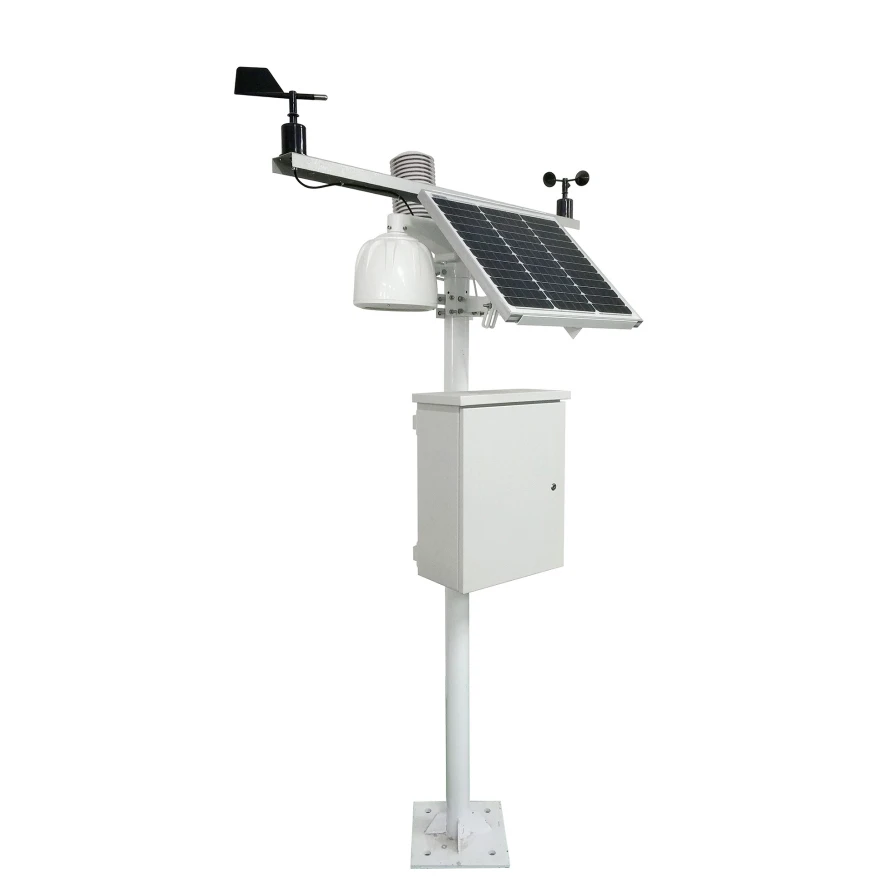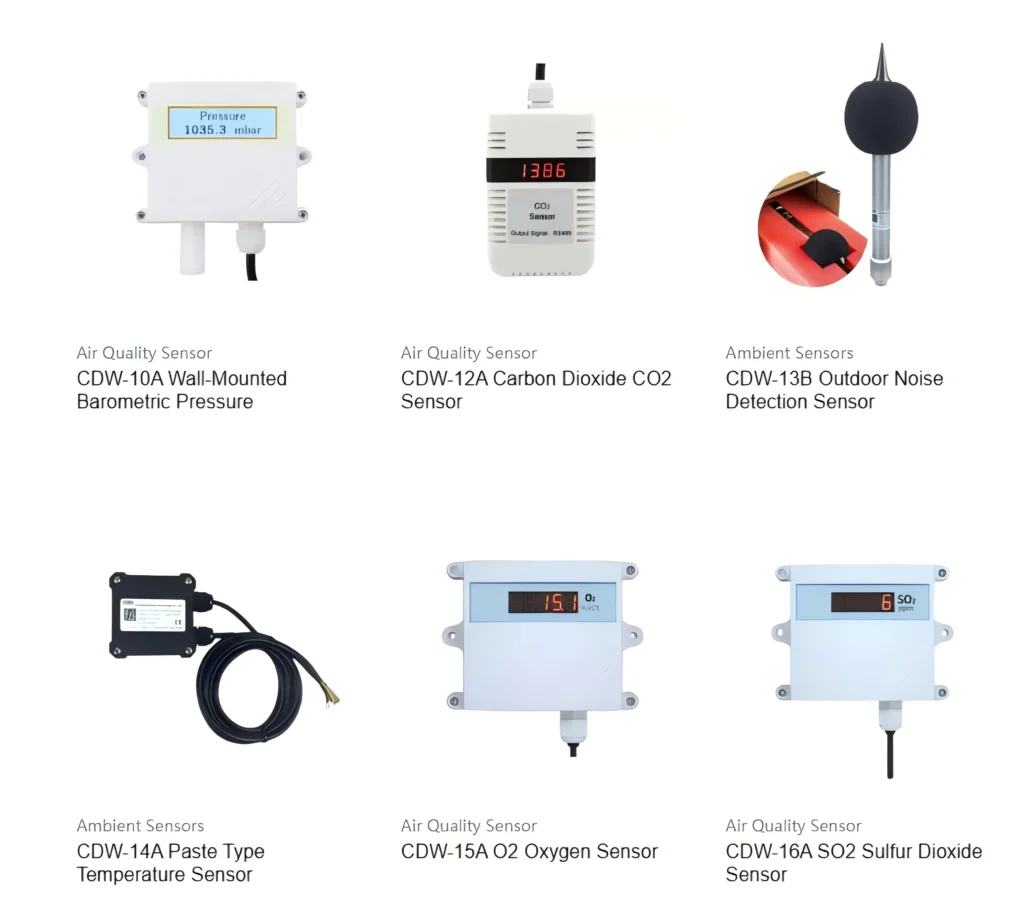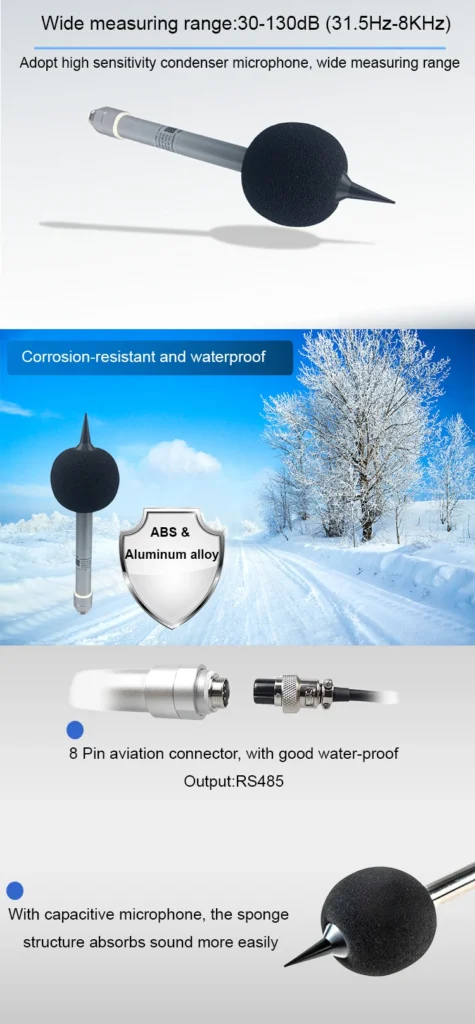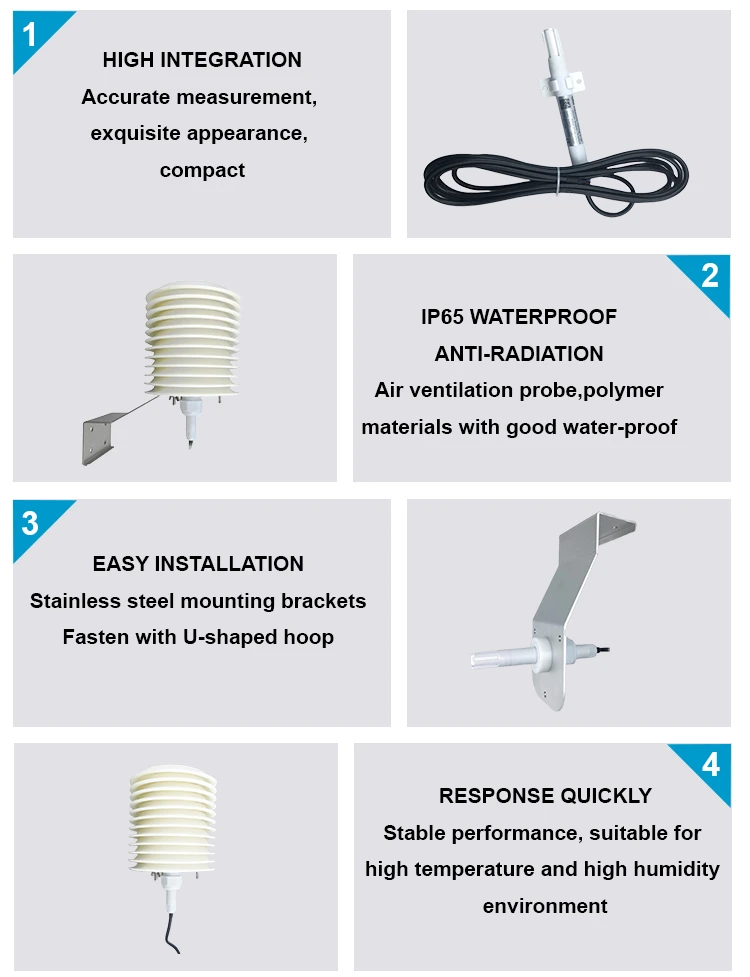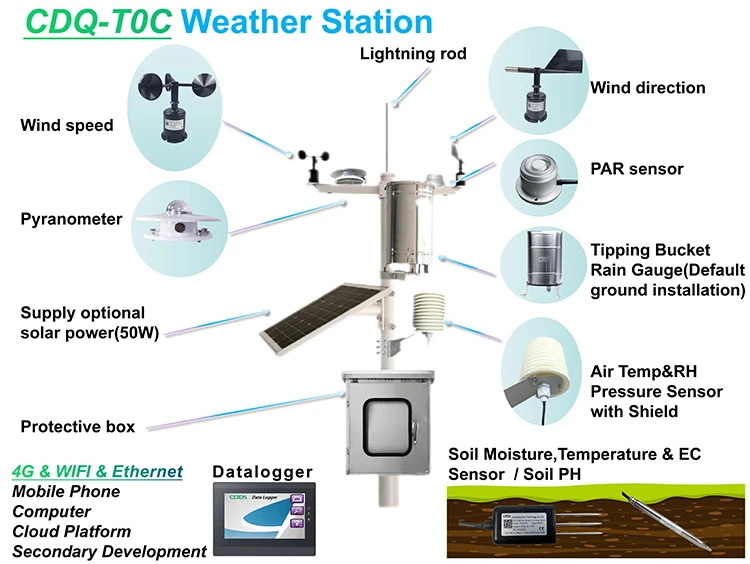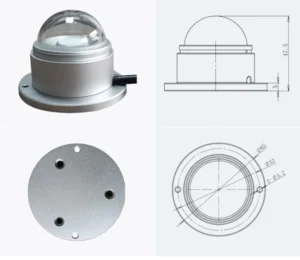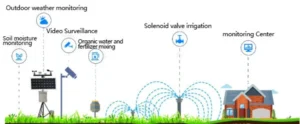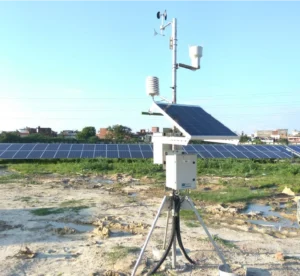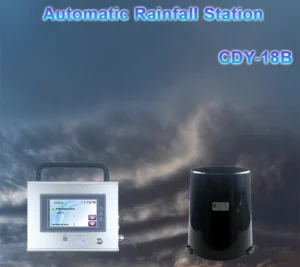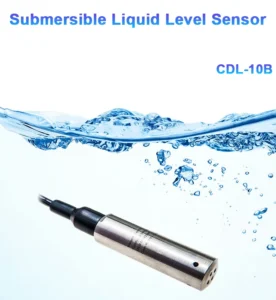environmental sensor
An environmental sensor is a device that measures and monitors environmental conditions. environmental parameters of sensors are included sense things like temperature, humidity, pressure, light, rainfall, wind speed and direction, noise, and PM2.5 and PM10 levels.
These sensors usually have two parts: a sensitive element and a conversion element. The sensitive element detects changes in the environment. The conversion component transforms the sensitive element’s output into an electrical signal. You can measure and record this electrical signal.
Environmental sensors are utilized extensively across various sectors, including environmental conservation, agriculture, weather forecasting, and industrial applications. For example, in environmental protection, sensors can check air quality and pollution levels. This helps people understand the environment better and create solutions.
In meteorology, sensors can track temperature, humidity, air pressure, wind speed, and direction. This data supports weather forecasts and climate change studies.
In agriculture, sensors can monitor soil temperature, humidity, and light. This information helps farmers plan crop planting and irrigation, improving farming efficiency.
There are numerous kinds of environmental sensors available, each capable of detecting a range of environmental parameters. Common examples include temperature, humidity, pressure, light, rain, and wind speed sensors. These devices often employ diverse measurement principles and technologies, such as the thermoelectric effect, resistive, capacitive, and photoelectric methods, among others.
As technology keeps developing, environmental sensors are becoming more accurate and stable. New types of environmental sensors are also appearing. For instance, wireless environmental sensors, compact environmental sensors, smart environmental sensors, and similar devices.
You can use these new environmental sensors in many ways. They are great for real-time monitoring, remote monitoring, and smart monitoring.
What are the application scenarios of environmental sensors?
Many areas use environmental sensor. Here are some of their main applications:
Environmental monitoring:
environmental sensors are mainly used for environmental monitoring, including air quality monitoring, temperature and humidity monitoring, noise monitoring and so on. For instance, air quality detectors can assess dangerous gases and particles present in the atmosphere. They supply information to assist the environmental protection agency. Sensors for temperature and humidity can gauge both indoor and outdoor conditions, offering valuable data for meteorology, agriculture, industry, and various other sectors.
Noise sensors can measure how loud sounds are in the environment. They can also see how noise affects the human body.
Smart Home:
In smart homes, sensors can check indoor temperature, humidity, light, and more. They can automatically adjust air conditioners, humidifiers, curtains, and other devices. This helps create a comfortable living space.
Industrial control:
In industry, environmental sensors help monitor and control different factors in the production process. These factors include temperature, humidity, and pressure. This monitoring ensures product quality and improves production efficiency.
Energy management:
Environmental sensors help manage energy by monitoring indoor and outdoor temperature, humidity, and other factors. They can automatically adjust air conditioning, heating, and other equipment. This leads to energy savings and reduced emissions.
Transportation:
Environmental sensors can monitor conditions in vehicles and airports. They check things like temperature, humidity, and light. This helps keep passengers and cargo safe.
Agriculture:
In agriculture, environmental sensors can monitor temperature, humidity, pH levels, and other soil factors. This helps farmers make informed decisions for planting. It can improve both the yield and quality of crops.
Meteorological monitoring:
Environmental sensors can measure temperature, humidity, air pressure, wind speed, and wind direction. These sensors play a crucial role in collecting data for weather predictions and climate change studies.
Environmental sensors offer numerous benefits for environmental monitoring:
Real-time: These sensors can detect shifts in environmental parameters instantly, significantly enhancing the promptness of environmental monitoring.
Accuracy: Modern sensor technology is exceptionally precise and sensitive. It can capture small changes in the environment. This helps avoid errors that can happen with manual monitoring.
Automation: Sensors can autonomously handle data gathering, sending, and analysis, significantly lowering the expense and complexity of manual tasks.
Remote monitoring: With the Internet of Things and cloud computing, sensors can enable remote monitoring and data sharing. This helps managers understand environmental conditions anytime and anywhere.
Reliability: The sensor works steadily and lasts a long time. It can monitor environmental conditions continuously for a long period.
Flexibility: You can choose from many environmental sensors. This helps meet different needs for environmental monitoring in various situations.
Easy to integrate: the sensor works well with many data acquisition systems and processing software. This helps in managing and analyzing data together.
Affordable pricing: As technology advances, producers steadily decrease the expenses associated with environmental sensors, enabling their widespread deployment and application.
In conclusion, environmental sensors offer benefits such as real-time data, precision, automation, remote monitoring, dependability, adaptability, seamless integration, and affordability in environmental monitoring. These features contribute to their extensive use across diverse sectors, offering robust support for environmental conservation and sustainable growth.
